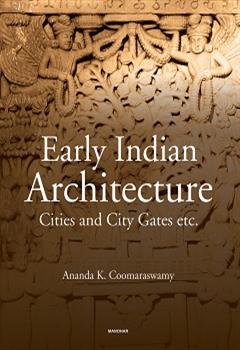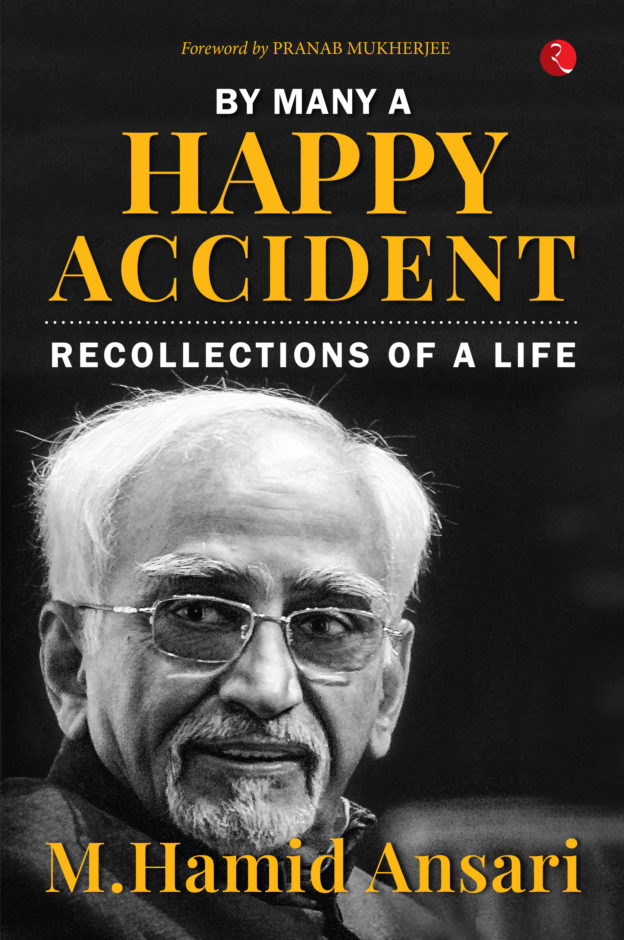Early Indian Architecture: Cities and City Gates
no information available
Indian architecture is diverse and rich in its nature. This volume by Coomaraswamy centres around Buddhist architecture in ancient India. Buddhist architecture was one of the remarkable features which gave rise to the sacred architecture in India as it developed during the Mauryan Empire and subsequently went to other parts of East Central and South East Asia. This volume discusses the importance of city and city gates from the perspective of Buddhist architecture. The work is divided into two parts: Part I deals with cities and city gates etc. while Part II is on the Bodhigharas i.e. representations of the Bodhi tree with or without a temple structure. The book looks at the Pali literature which includes tales from Jatakas depicted in stupas located at Bharhut Sanchi and Amravati. These three sites are known for their ancient Indian stupa architecture around the world which gave rise to the traditional Buddhist stupa architecture. The author also cites references from medieval architecture such as forts situated in Gujarat Madhya Pradesh Karnataka and other parts to describe city architecture in ancient India. About the Author Ananda K. Coomaraswamy (22 August 1877–9 September 1947) is a Ceylonbased metaphysician historian theorist and philosopher of Indian art. He brought the Indian tradition of art into the western world. He was also seen as the bridgemaker between western and Indian art and philosophy as he was much inspired by Hindu and GrecoRoman traditions. His works were influenced by the Traditionalist and Perennial Schools of Philosophy. He authored several books which were based on the traditional arts metaphysics and social criticism. He was also the curator of Indian art at the Boston Museum of Fine Arts.
... Read more Read less










